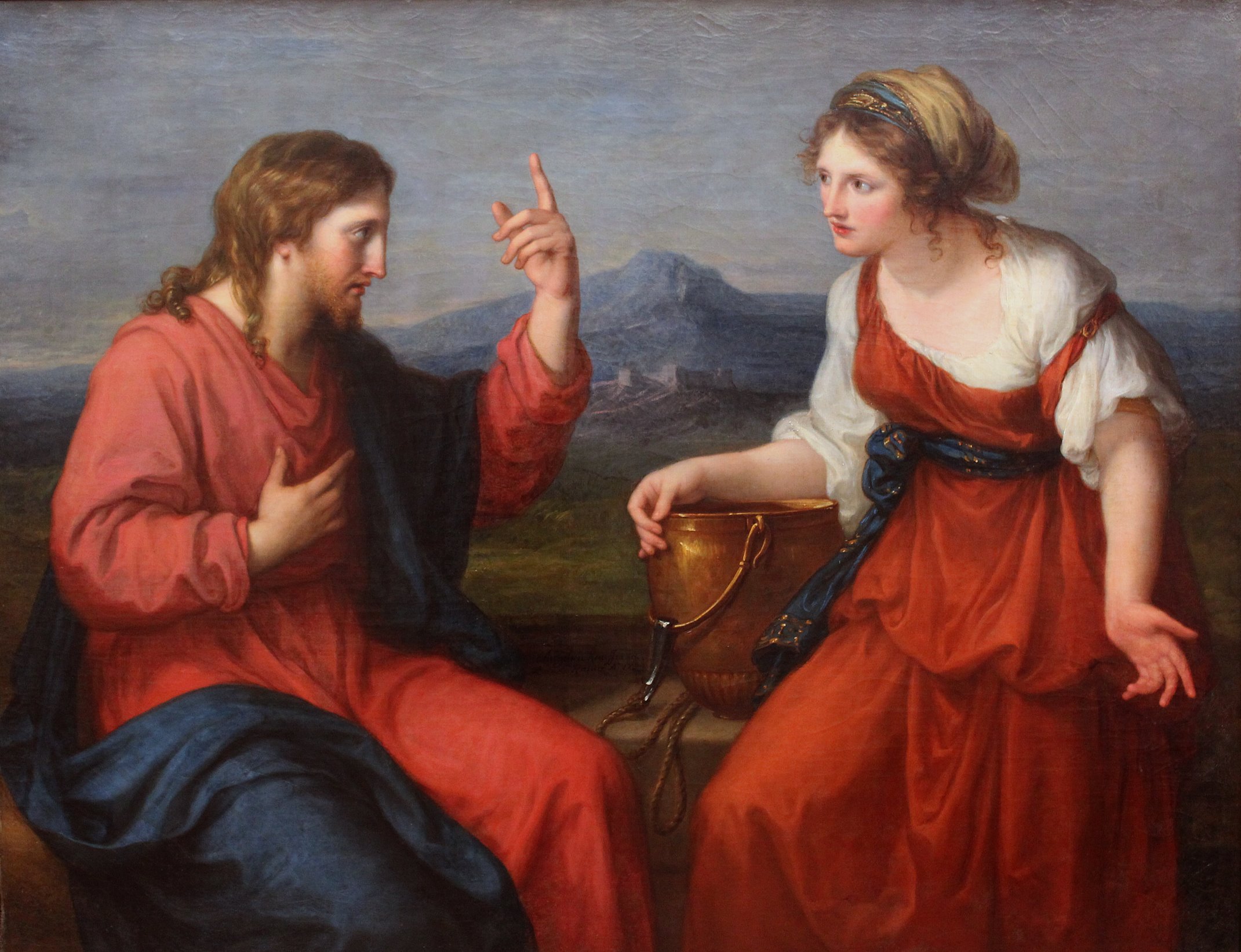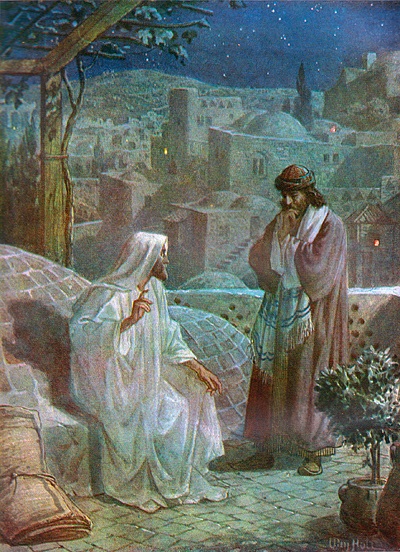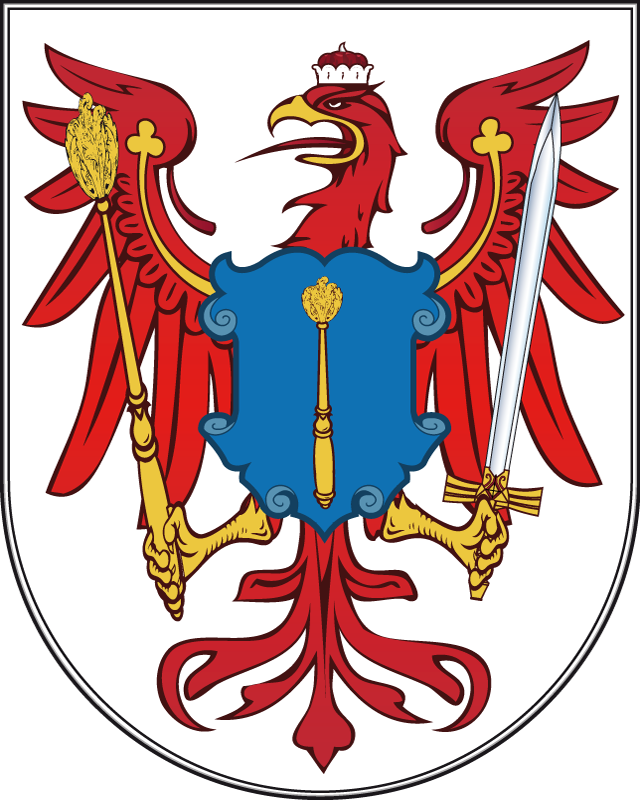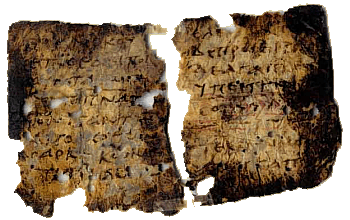|
Papyrus 63
Papyrus 63 (in the Biblical manuscript#Gregory-Aland, Gregory-Aland numbering), designated by 𝔓63, is a copy of the New Testament in Greek language, Greek. It is a papyrus manuscript of the Gospel of John. The surviving text of John are verses 3:14-18; 4:9-10. The manuscript Paleography, paleographically had been assigned to the 4th century (or 5th century). Text The Greek text of this codex is a representative of the Alexandrian text-type, but with some the Byzantine text-type, Byzantine readings. Kurt Aland, Aland placed it in Categories of New Testament manuscripts#Category II, Category II. : : In John 3:16 it has the textual variant supported by the manuscript's second corrector of Codex Sinaiticus, Sinaiticus (א2), Codex Alexandrinus, A, Codex Regius (New Testament), L, Θ, Ψ, Uncial 063, 063, Uncial 083, 083, Uncial 086, 086, Uncial 0113, 0113, Family 1, ''f''1, Family 13, ''f''13, Byz, Didache. Location The codex is currently housed at the Berlin State Museums ... [...More Info...] [...Related Items...] OR: [Wikipedia] [Google] [Baidu] [Amazon] |
Gospel Of John
The Gospel of John () is the fourth of the New Testament's four canonical Gospels. It contains a highly schematic account of the ministry of Jesus, with seven "Book of Signs, signs" culminating in the raising of Lazarus (foreshadowing the resurrection of Jesus) and seven "I am (biblical term), I am" discourses (concerned with issues of the Split of early Christianity and Judaism, church–synagogue debate at the time of composition) culminating in Thomas the Apostle, Thomas's proclamation of the risen Jesus as "my Lord and my God". The penultimate chapter's concluding verse set out its purpose, John 20:31, "that you may believe that Jesus is the Christ, the Son of God, and that believing you may have life in his name." John reached its final form around AD 90–110, although it contains signs of origins dating back to AD 70 and possibly even earlier. Like the three other gospels, it is anonymous, although it identifies an unnamed "disciple whom Jesus loved" as the source o ... [...More Info...] [...Related Items...] OR: [Wikipedia] [Google] [Baidu] [Amazon] |
Codex Regius (New Testament)
Codex Regius is a Greek uncial manuscript of the New Testament written on parchment. It is designated by siglum L or 019 in the Gregory-Aland numbering of New Testament manuscripts, and ε56 in the von Soden numbering of New Testament manuscripts. Using the study of comparative writing styles (palaeography), it has been assigned to the 8th century. The manuscript has several gaps. Textual critic Frederick H. A. Scrivener described it as "by far the most remarkable document of its age and class." Description The manuscript is a codex (precursor to the modern book) containing an almost complete text of the four Gospels on 257 thick parchment leaves (). The following portions are missing due to the loss of several leaves/pages: Matt 4:22-5:14, 28:17-20, Mark 10:16-30, 15:2-20, and John 21:15-25. The text is written in two columns per page, 25 lines per page, in large but not rounded uncial letters using black and brown ink. It has breathing marks (utilised to designate vowel ... [...More Info...] [...Related Items...] OR: [Wikipedia] [Google] [Baidu] [Amazon] |
New Testament Papyri
A New Testament papyrus is a copy of a portion of the New Testament made on papyrus. To date, over 140 such papyri are known. In general, they are considered the earliest witnesses to the original text of the New Testament. This elite status among New Testament manuscripts only began in the 20th century. The grouping was first introduced by Caspar René Gregory, who assigned papyri texts the Blackletter character 𝔓 followed by a superscript number. This number refers not to the age of the papyrus, but to the order in which it was registered.Law 2012, p. 95 Before 1900, only 9 papyri manuscripts were known, and only one had been cited in a critical apparatus ( by Constantin von Tischendorf). These 9 papyri were just single fragments, except for , which consisted of a single whole leaf. The discoveries of the twentieth century brought about the earliest known New Testament manuscript fragments. Kenyon in 1912 knew 14 papyri, Aland in his first edition of ''Kurzgefasste...'' in ... [...More Info...] [...Related Items...] OR: [Wikipedia] [Google] [Baidu] [Amazon] |
Center For The Study Of New Testament Manuscripts
The Center for the Study of New Testament Manuscripts (CSNTM) is a 501(c)(3) non-profit organization whose mission is to digitally preserve Greek New Testament manuscripts. Toward that end, CSNTM takes digital photographs of manuscripts at institutions, libraries, museums, monasteries, universities, and archives around the world. The images produced are freely accessible on the Center'website��a searchable library of Greek New Testament manuscripts. With more than 50,000 users examining manuscripts in their digital library each year, the Center's digitization work facilitates a partnership between manuscript owners, archivists, and researchers around the world. Background New Testament scholar and professor Daniel B. Wallace founded CSNTM in September 2002 to utilize emerging technologies to photograph and fully archive all known Greek New Testament manuscripts. The Center is based in Plano, Texas. Since its founding, CSNTM has gained an international reputation for its expertis ... [...More Info...] [...Related Items...] OR: [Wikipedia] [Google] [Baidu] [Amazon] |
List Of New Testament Papyri
A New Testament papyrus is a copy of a portion of the New Testament made on papyrus. To date, over 140 such papyri are known. In general, they are considered the earliest witnesses to the original text of the New Testament. This elite status among New Testament manuscripts only began in the 20th century. The grouping was first introduced by Caspar René Gregory, who assigned papyri texts the Blackletter character 𝔓 followed by a superscript number. This number refers not to the age of the papyrus, but to the order in which it was registered.Law 2012, p. 95 Before 1900, only 9 papyri manuscripts were known, and only one had been cited in a critical apparatus ( by Constantin von Tischendorf). These 9 papyri were just single fragments, except for , which consisted of a single whole leaf. The discoveries of the twentieth century brought about the earliest known New Testament manuscript fragments. Kenyon in 1912 knew 14 papyri, Aland in his first edition of ''Kurzgefasste...'' in ... [...More Info...] [...Related Items...] OR: [Wikipedia] [Google] [Baidu] [Amazon] |
John 4
John 4 is the fourth chapter of the Gospel of John in the New Testament of the Christian Bible. The major part of this chapter (verses 1-42) recalls Jesus' conversation with the Samaritan woman at the well in Sychar. In verses 43-54, he returns to Galilee, where he heals a royal official's son. Text The original text was written in Koine Greek. This chapter is divided into 54 verses. Some early manuscripts containing the text of this chapter are: * Papyrus 75 (AD 175–225) * Papyrus 66 ( 200) *Codex Vaticanus (325–350) *Codex Sinaiticus (330–360) * Codex Bezae ( 400) *Codex Alexandrinus (400–440) *Codex Ephraemi Rescriptus ( 450; complete) * Papyrus 63 ( 500; extant verses 9–10) Old Testament references * : ; ; *John 4:18: 2 Kings 17:24. Jesus leaves Judea (4:1–4) The Pharisees learn that Jesus is baptizing more people than John the Baptist. notes that "... in fact it was not Jesus who baptized, but his disciples", although clearly suggests that Jesus hims ... [...More Info...] [...Related Items...] OR: [Wikipedia] [Google] [Baidu] [Amazon] |
John 3
John 3 is the third chapter of the Gospel of John in the New Testament of the Christian Bible. It deals with Jesus' conversation with Nicodemus, one of the Jewish pharisees, and John the Baptist's continued testimony regarding Jesus. Baptist preacher Charles Spurgeon said of this chapter that it is the one he would choose "to read to a dying man who did not know the gospel, sthe most suitable one for such an occasion".Charles Spurgeon in the sermoJesus Christ's Idiom quoted by David Guzik ion John 3, accessed 12 February 2016 Text The original text was written in Koine Greek. This chapter is divided into 36 verses. Some early manuscripts containing the text of this chapter are: * Papyrus 75 (AD 175–225) * Papyrus 66 ( 200) *Codex Vaticanus (325–350) * Codex Sinaiticus (330–360) * Codex Bezae ( 400; extant verses 27–36) *Codex Alexandrinus (400–440) *Codex Ephraemi Rescriptus ( 450; extant verses 34–36) * Papyrus 63 ( 500; extant verses 14–18). Discourse with Ni ... [...More Info...] [...Related Items...] OR: [Wikipedia] [Google] [Baidu] [Amazon] |
Berlin
Berlin ( ; ) is the Capital of Germany, capital and largest city of Germany, by both area and List of cities in Germany by population, population. With 3.7 million inhabitants, it has the List of cities in the European Union by population within city limits, highest population within its city limits of any city in the European Union. The city is also one of the states of Germany, being the List of German states by area, third smallest state in the country by area. Berlin is surrounded by the state of Brandenburg, and Brandenburg's capital Potsdam is nearby. The urban area of Berlin has a population of over 4.6 million and is therefore the most populous urban area in Germany. The Berlin/Brandenburg Metropolitan Region, Berlin-Brandenburg capital region has around 6.2 million inhabitants and is Germany's second-largest metropolitan region after the Rhine-Ruhr region, as well as the List of EU metropolitan areas by GDP, fifth-biggest metropolitan region by GDP in the European Union. ... [...More Info...] [...Related Items...] OR: [Wikipedia] [Google] [Baidu] [Amazon] |
Didache
The ''Didache'' (; ), also known as ''The Lord's Teaching Through the Twelve Apostles to the Nations'' (), is a brief anonymous early Christian treatise ( ancient church order) written in Koine Greek, dated by modern scholars to the first or (less commonly) second century AD. The first line of this treatise is: "The teaching of the Lord to the Gentiles (or Nations) by the twelve apostles". The text, parts of which constitute the oldest extant written catechism, has three main sections dealing with Christian ethics, rituals such as baptism and Eucharist, and Church organization. The opening chapters describe the virtuous Way of Life and the wicked Way of Death. The Lord's Prayer is included in full. Baptism is by immersion, or by affusion if immersion is not practical. Fasting is ordered for Wednesdays and Fridays. Two primitive Eucharistic prayers are given. Church organization was at an early stage of development. Itinerant apostles and prophets are important, serving as "chie ... [...More Info...] [...Related Items...] OR: [Wikipedia] [Google] [Baidu] [Amazon] |
Family 13
Family 13, also known as the Ferrar Group (''ƒ'', von Soden calls the group I), is a group of Greek Gospel manuscripts, dating from the 11th to the 15th centuries, which share a distinctive pattern of variant readings. All are thought to derive from a lost majuscule Gospel manuscript, probably from the 7th century. The group takes its name from minuscule 13, now in Paris. The common characteristics of Family 13 were initially identified in a group of four witnesses (minuscules 13, 69, 124, and 346); but the category has subsequently been extended, and some authorities list thirteen family members. The most obvious characteristic of the group is that these manuscripts place John 7:53-8:11 after Luke 21:38, or elsewhere in Luke's Gospel, with the text of Luke 22:43-44 placed after Matt 26:39, and the text of Matthew 16:2b–3 being absent. Using the study of comparative writing styles (palaeography), most of the manuscripts in the family (with the exception of Minuscule 69 ... [...More Info...] [...Related Items...] OR: [Wikipedia] [Google] [Baidu] [Amazon] |
Family 1
Family 1 is the name given to a group of Greek New Testament minuscule manuscripts of the Gospels, identified by biblical scholar Kirsopp Lake. These manuscripts vary in date from the 12th to the 15th century. The group takes its name from minuscule codex 1, now in the Basel University Library, Switzerland. "Family 1" is also symbolized as ƒ in critical editions of the Greek New Testament. Textual-critic Hermann von Soden refers to the group as I. Initially named after minuscule 1, later studies have demonstrated that another minuscule, minuscule 1582, is likely a better candidate as a representation of the archetype from which the Family 1 manuscripts are descended. All ƒ manuscripts place the Pericope adulterae (John 7:53-8:11) after John 21:25 (the final verse of the book) as a separate story, and do not include it as a part of the Gospel as it is in the majority of manuscripts. History Family 1 was identified in 1902, when Lake published ''Codex 1 of the Gospels a ... [...More Info...] [...Related Items...] OR: [Wikipedia] [Google] [Baidu] [Amazon] |
Uncial 0113
#REDIRECT Codex Borgianus Codex Borgianus, designated by T or 029 (in the Biblical manuscript#Gregory-Aland, Gregory-Aland numbering), ε 5 (Biblical manuscript#Von Soden, von Soden), is a Greek and Coptic language, Sahidic uncial manuscript of the Gospels, dated Palaeogra ... Uncial 0113 ... [...More Info...] [...Related Items...] OR: [Wikipedia] [Google] [Baidu] [Amazon] |






